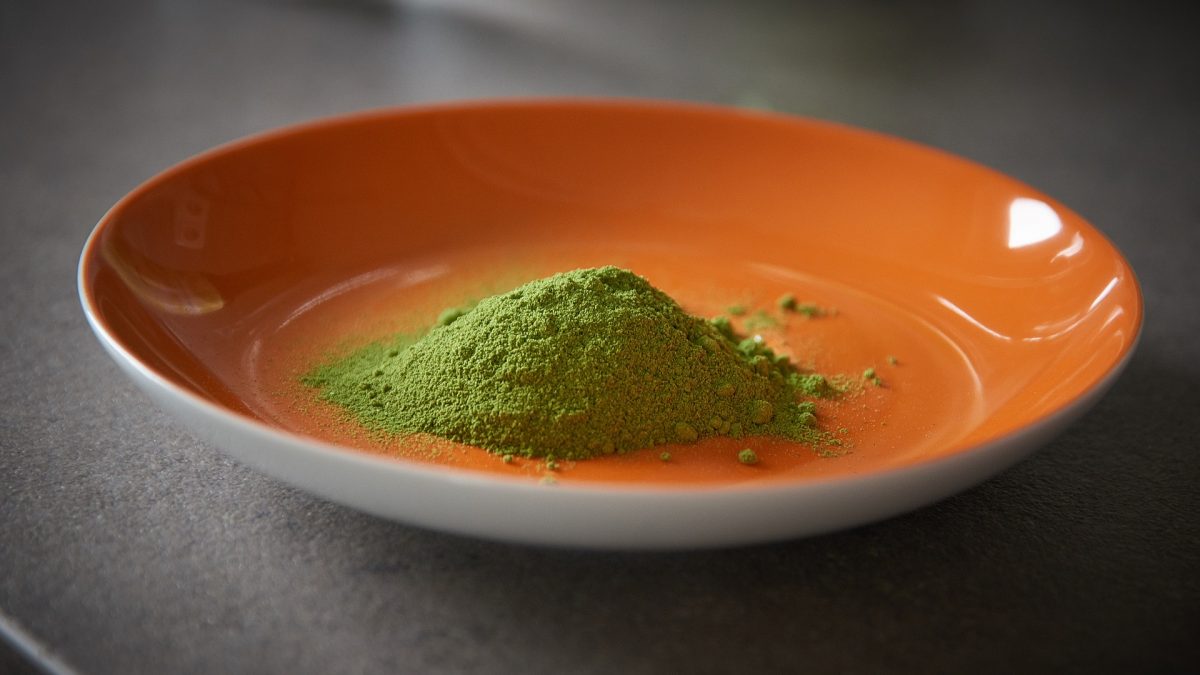The best of Moringa
The best of Moringa

Moringa oleifera, better known simply as Moringa, is native to India but has been used since ancient times by the Roman, Greek and Egyptian empires. The uses of this plant range from the less known as a biogas raw material, fertilizer, water filter, to the more traditional ones that explore its medicinal properties. What do you think if we talk about the most common properties of this plant?
Antioxidant
According to various studies, the antioxidant properties of moringa leaves are due to its polyphenol content. This means that these compounds have the ability to eliminate free radicals, which promote the oxidation of cells, accelerating the aging of the body.
Immune system
Research has been conducted indicating that Moringa has immunostimulating properties. This is due to its content of phytonutrients such as lutein, zeaxanthin and chlorophyll, which in addition to strengthening the immune system, promote the elimination of some toxins and the proliferation of red blood cells.
Blood sugar control
Moringa contains terpenoids, which stimulate insulin secretion and help regulate blood glucose levels, which is why antidiabetic properties have been attributed to this plant
Source of micronutrients
Some research concludes that Moringa leaves are a great example of nutritional balance. Why? There are articles that mention that the dried leaves of this plant contain around 30% protein, in addition to Vitamin E, and minerals such as calcium, iron and potassium. One more reason to add Moringa to your diet!
Digestive system
Similarly, this plant contains fiber that stimulates the digestive tract, helps prevent constipation and improves the feeling of satiety, thus reducing the desire for snacks between meals.
Now that you know a little more about the properties of moringa, consult your nutritionist for advice and you can supplement your diet. And for you, what is the best thing about moringa?
Author: Nerissa Álvarez
Review: Betzabe Guido
References Anwar, F., Latif, S., Ashraf, M., & Gilani, A. H. (2007). Moringa oleifera: a food plant with multiple medicinal uses. Phytotherapy Research: An International Journal Devoted to Pharmacological and Toxicological
Evaluation of Natural Product Derivatives, 21 (1), 17-25. Bonal Ruiz, Rolando, Rivera Odio, Regina Mercedes, & Bolívar Carrión, María Emilia. (2012). Moringa oleifera: a healthy option for well-being. MEDISAN, 16 (10), 1596-1599.
Canett-Romero, R., Arvayo-Mata, K. L., & Ruvalcaba-Garfias, N. V. (2014). Most relevant toxic aspects of Moringa oleifera and its possible damages. Biotecnia, 16 (2), 36-43.
Moyo, B., Masika, P., Hugo, A. & Muchenje, V. (2011). Nutritional characterization of Moringa (Moringa oleifera Lam.) Leaves. African Journal of Biotechnology, 10 (60), 12925-12933. Panimboza, V. S. L., Solorzano, F. M. Z., Carbo, L. E. P., & Montalván, J. A. L. (2019). Therapeutic use of moringa oleifera in diabetic patients. RECIAMUC, 3 (3), 724-737.
Palomino Vallejo, R. I. (2020). Effect of Moringa oleifera leaves on glycemic control in induced diabetic rats: systematic review.
Torres-Castillo, J. A., Sinagawa-García, S. R., Martínez-Ávila, G. C. G., López-Flores, A. B., Sánchez-González, E. I., Aguirre-Arzola, V. E., … & Gutiérrez-Díez, A. (2013).
Moringa oleifera: phytochemical detection, antioxidants, enzymes and antifugal properties. International Journal of Experimental Botany, 82, 193-202.
As a result, the medical information provided in the site which you are going to visit may not be appropriate for product use in your country.
